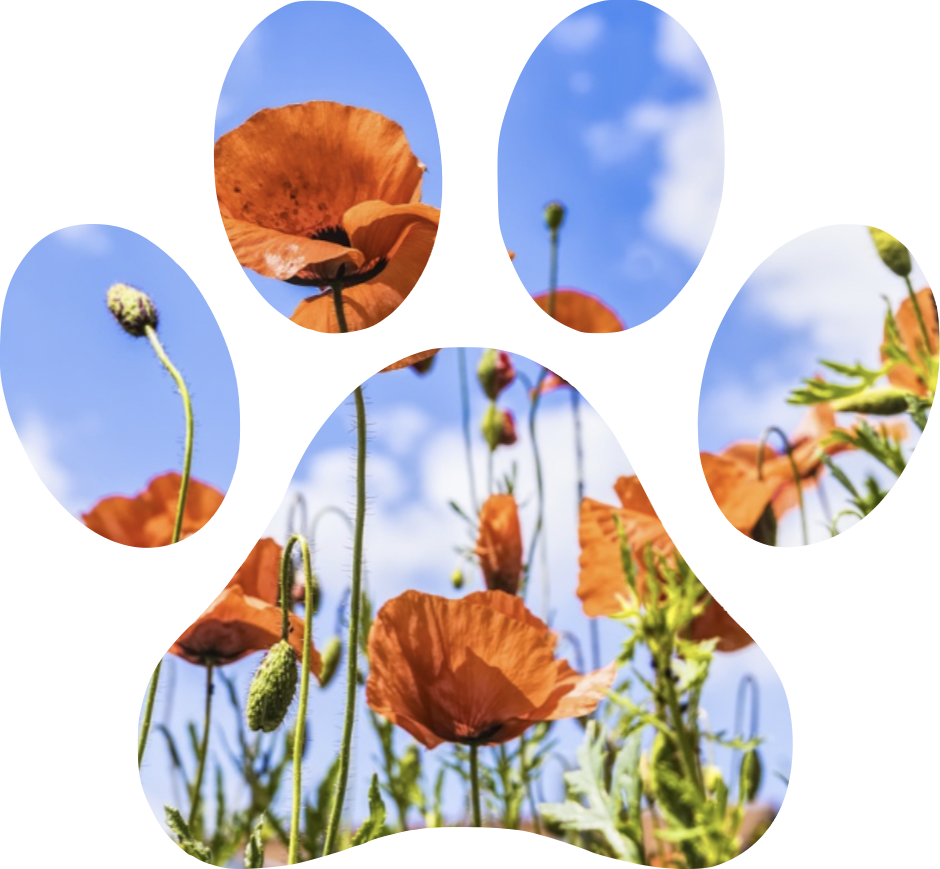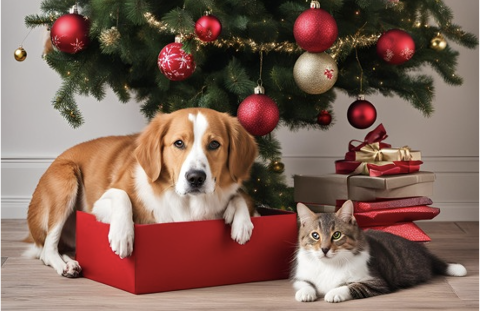Christmas is a time of joy! Here in Australia we tend to associate the silly season with sunshine, loved ones and good food. Our pets have become such an important part of our families that it is impossible to leave them behind. As a pet owner, you are probably thinking about the toys that are wrapped up under the tree for your beloved fur-baby, or maybe you’re planning the cutest outfit to dress them in for the family photos. Have you thought about what risks might be lurking around the tree though?
Christmas can be a busy period for many vets and the days the clinic closes often see some of the highest numbers of emergencies. Knowing the risks that might be lurking in your home or amongst your Christmas spread can help you keep your pet safe through this festive time of year. To help prevent you spending your Christmas holidays in an Emergency Clinic, this article lists some of the most common dangers to be aware of, how to protect your pets and what to do if the worst does happen. Here are the 12 most common pet dangers associated with Christmas.
Contents
•The 12 Dangers of Christmas
•Preparing for Guests
•Other Summer Risks
•Safe Christmas Toys and Treats
•Getting a Puppy or Kitten For Christmas
The 12 Dangers of Christmas
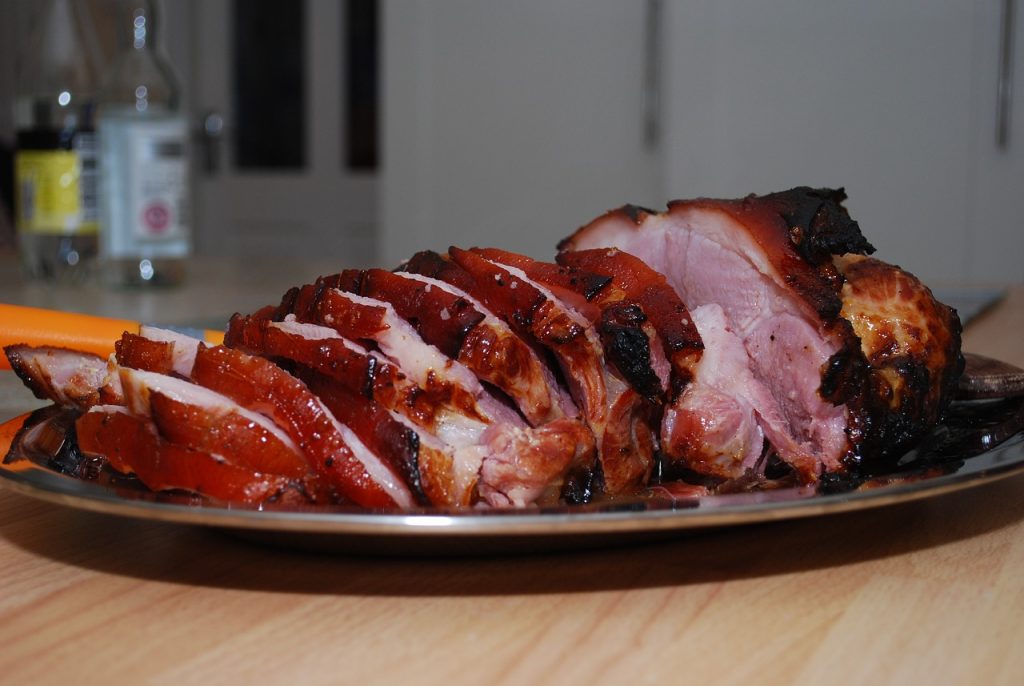
1. Christmas Ham + Fatty Foods
It’s all too tempting to drop a little bit of the Christmas ham into the cat’s bowl or give the dog the leftover bone. However, this could be a recipe for an ER trip!
Christmas ham and the bone especially are very fatty. Other Christmas classics like sausages, bacon and prawns can also be high in fat. While excess weight gain is a very serious concern, it is not the main concern when it comes to high fat meals. As vets, our biggest concern is Pancreatitis (colloquially known as ‘Boxing Day Disease’). Pancreatitis is inflammation of the pancreas, often triggered by the ingestion of a high fat meal. Common signs include lethargy, vomiting, diarrhoea, abdominal pain and inappetence. Pancreatitis can be potentially fatal if left untreated.
In cats, we are also concerned about Hepatic Lipidosis, another potentially fatal condition resulting from the ingestion of a high fat meal.
Ham and many of the other foods served at Christmas can also be too high in salt for our pets. If you do want to offer your pet a little bit of a Christmas treat, use pet specific treats, or offer low fat meats like chicken or turkey. Make sure that there isn’t any seasoning or marinades on the meat your pet gets. Some boiled pumpkin, broccoli and carrot could also be safe options to offer.
2. Macademia Nuts
Macadamias are a popular Christmas treat. They may be used in baking, used in a decadent chocolate or served up as an appetiser, but did you know they are a serious risk for your pet?
Macadamia nuts are toxic to dogs and cats. Symptoms of toxicity can include: vomiting, diarrhoea, fever, lethargy (within 3-6 hours), progressing to stumbling gait, difficulty standing and tremors (6-12 hours). Approximately 1 nut per kg of body weight is toxic. If you suspect your pet has had a macadamia nut feast, call the Vet promptly.
The nuts in their shell are also a potential foreign body well known for causing intestinal blockages. Intestinal blockage leads to inappetence, vomiting (sometimes vomit that looks like faeces), not drinking/unable to keep water down, not pooping, lethargy, sawhorse stance, stretching out the abdomen and abdominal pain. Intestinal blockages cause severe damage to the intestinal tract, so can be fatal if left.
It’s worth noting that Macadamia nuts are also very high in oils and fats, meaning that they are another Christmas food that can trigger Pancreatitis. So keep your pets well away from these and contact your vet if they do ingest any nuts.
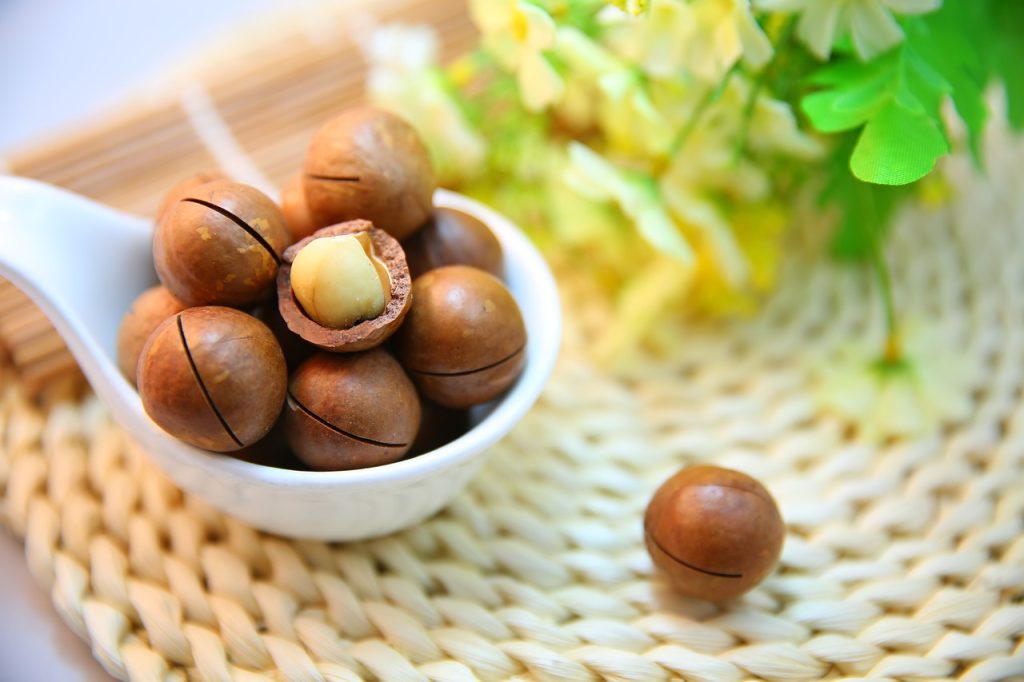
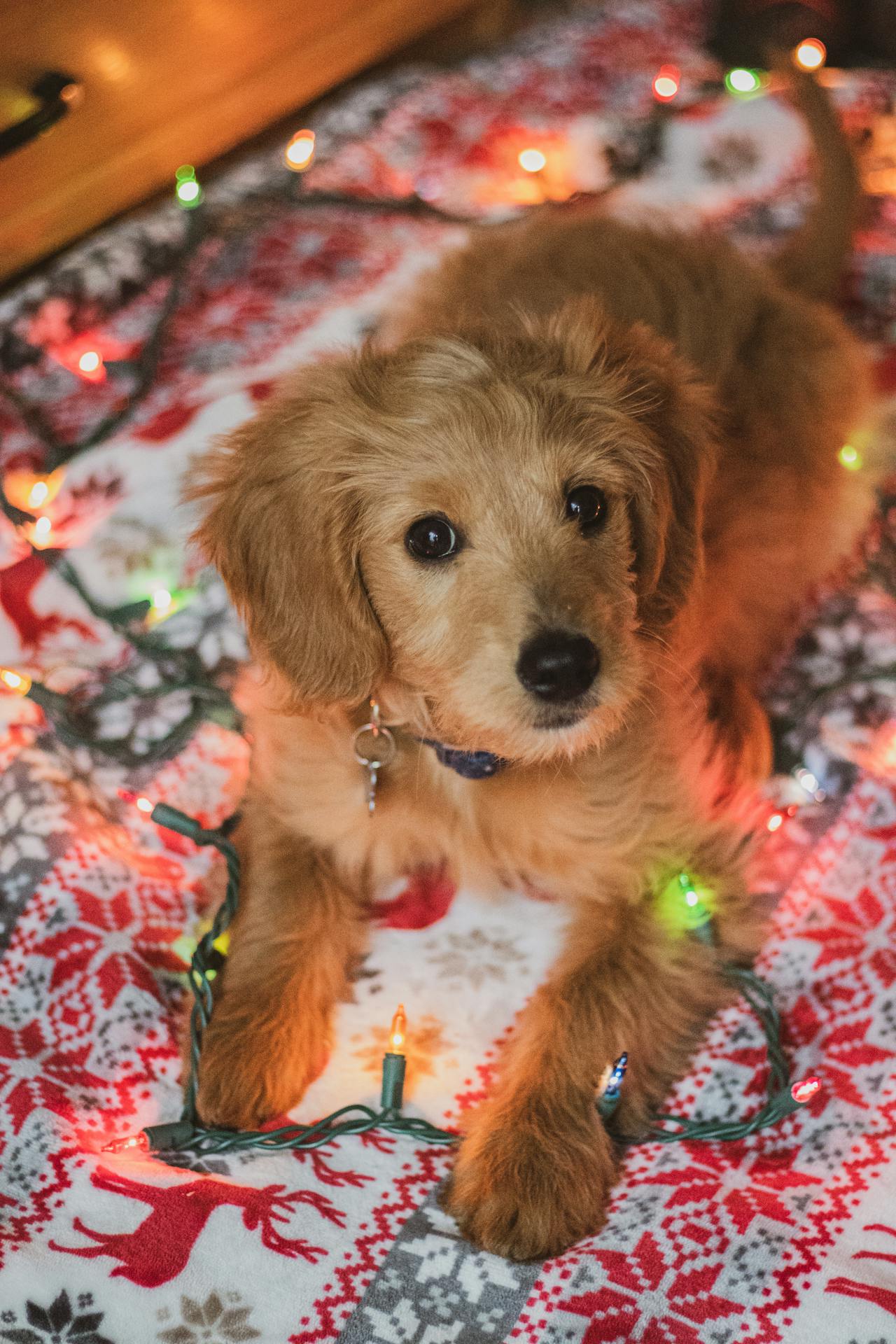
3. Lights
The lights displayed at Christmas time are not just enticing for us, they are also very mesmerising to our pets!
Dogs and cats may be curious and interested in playing with these bright shiny things that sway in the breeze, but they pose several risks. Chewing on any electrical cable or light could cause electrocution, burns or become a fire risk. The small parts if swallowed could also be a choking hazard or potential intestinal obstruction.
If you will be putting up some lights, try to keep the cables out of reach, or use cable wraps or covers to prevent your pet from accessing them. Solar lights may be a preferable option as these tend to have a lower voltage.
4. Trees, Tinsel + Decorations
Putting up the tree is an exciting part of Christmas for many families. However, like lights, decorations can be very enticing for pets to play with or around. Cats especially like to play with dangling ornaments or climb Christmas trees. Trees can fall over, injuring pets or the decorations could become choking hazards or potential intestinal blockages.
Tinsel, string, ribbons and beads could get stuck in the intestinal tract, requiring prompt life saving surgery.
If you have any decorations that you think your pet might find interesting or may be small enough to be swallowed, try to place these up out of reach. Advent calendars especially should be kept out of reach. For puppies you can use a playpen or barrier to prevent them getting under the tree, but cats may need to be kept out of the room altogether.
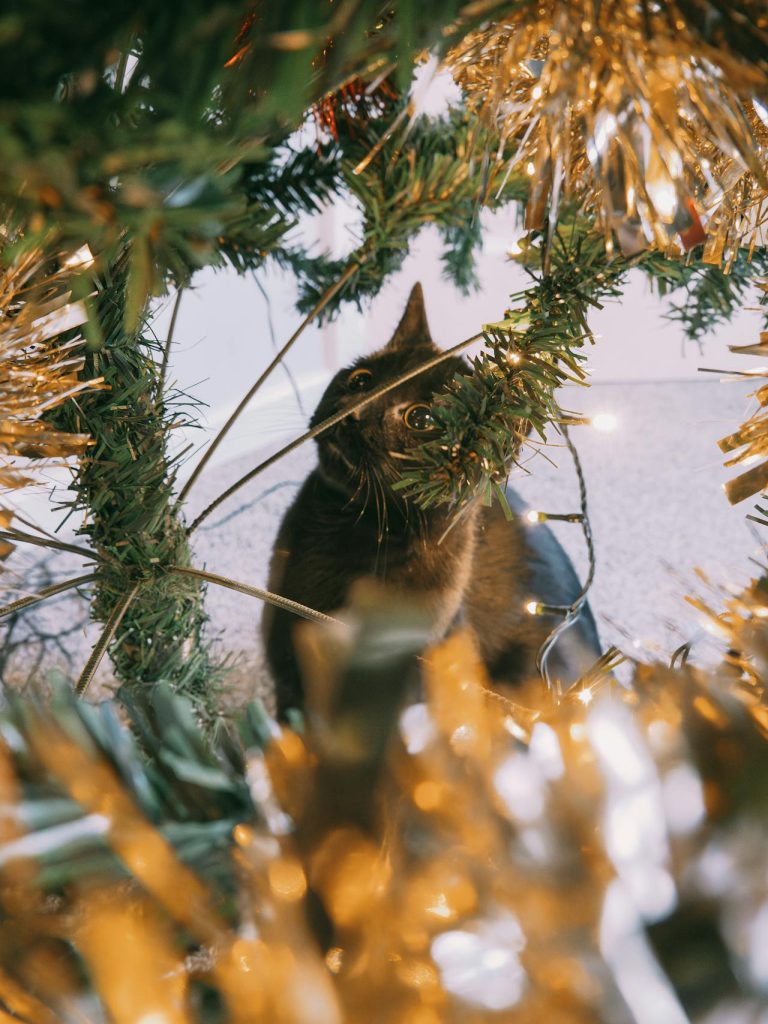

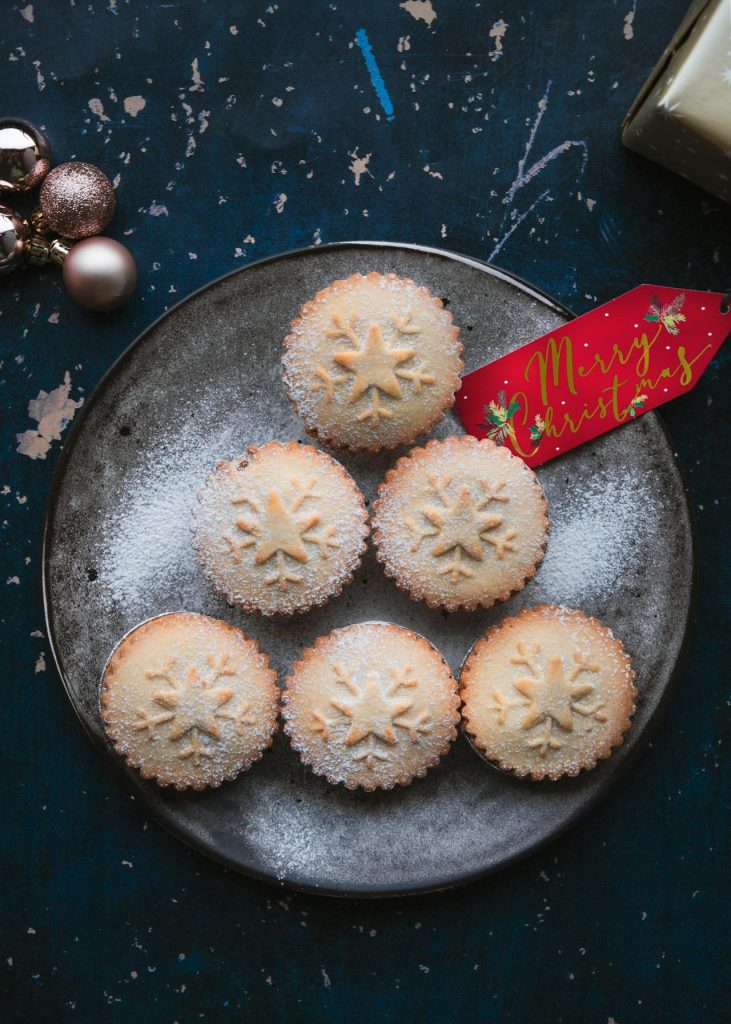
5. Puddings, Pies + Christmas Cakes
Sultanas, Grapes, Raisins
What is Christmas without a pudding, a Pavlova or a fruit cake? These are traditional Christmas desserts that can’t be avoided amongst the feast. Many of these delights are prepared with toxic ingredients though, such as sultanas and raisins. Some families may even serve grapes or sultanas as a snack.
Grapes, Sultanas and Raisins are highly toxic to both dogs and cats. The toxic component in these is not known, but as little as one grape/sultana/raisin can be toxic.
Signs of grape/raisin/sultana toxicity:
– Vomiting
– Diarrhoea
– Lethargy
– Inappetence
– Abdominal pain
– Odour to the breath
– Excessive drinking
– Excessive urination
If your pet has eaten any grapes/sultanas/raisins or is showing the above signs, contact your local emergency or after hours vet immediately.
Onion and Garlic
Be careful of mince pies as these may contain onion or garlic, both of which are toxic to pets. Both of these ingredients can caus an anemia associated with red cell rupture. Cats are more suceptible to the effects, however, dogs can also be affected if a large amount is consumed. Raw, cooked and powdered forms all provide a source of the toxic component, disulfides and thiosulfides.
Symptoms may initially present as vomiting and diarrhoea, but could progress to pale gums, lethargy/weakness, loss of appetite, rapid breathing and increased heart rate. This is also a serious concern that warrants contacting your local vet promptly.
6. Chocolates
It’s no secret that chocolate is toxic to our pets. Chocolates are also a common Christmas gift, Advent Calendar or treat served for guests. If you have these wrapped up beneath the tree, they could make a perfect temptation for your dog or cat.
Chocolate contains theobromine and caffeine, both of which are toxic to pets. Dark chocolate poses the greatest risk and white chocolate contains virtually no toxic ingredients (but it can trigger pancreatitis!).
Signs of chocolate toxicity can include:
– Vomiting
– Diarrhoea
– Increased breathing rate
– Increased heart rate -> Irregular heart beat
– Restlessness or Hyperactivity
– Muscle Tremors
– Seizures
– Death
Knowing the toxic component of chocolate means we can calculate if our pet has ingested a toxic dose. Here is a link to a great Chocolate Toxicity Calculator which may help you to make a decision in an emergency situation. However, if you are concerned, or your pet is showing any of the above symptoms, we recommend taking them in to the vet straight away. Your vet can safely induce vomiting to remove any chocolate consumed within 1-2 hours of ingestion.

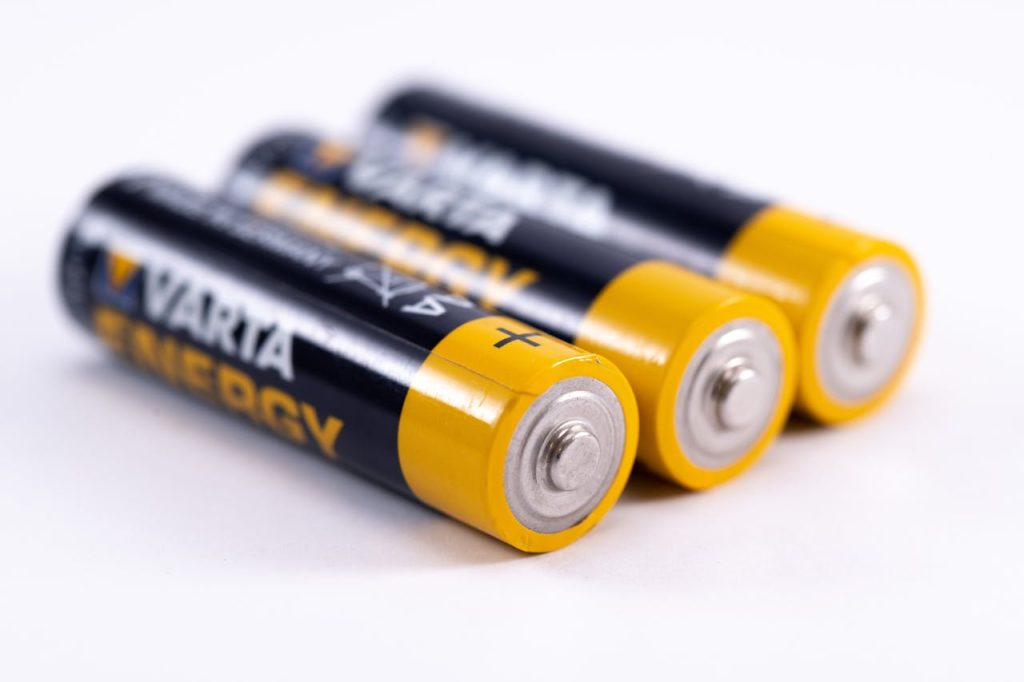
7. Batteries
As part of the Christmas festivities, gifts are typically handed out. Anything from toys to phones and even the some of the lights that get put up around the house contain batteries.
Batteries are small, which makes them easy for our pets to pick up, especially if you have a scavenger at home. Batteries pose several risks to pets including intestinal obstruction, chemical burns and heavy metal poisoning, which could lead to ulceration in the mouth, gastric ulceration, abdominal pain and vomiting.
Batteries are always seen as a medical emergency and you should contact a vet immediately if your pet swallows any.
8. Bones + Rawhide
Bones
As the old saying goes, ‘give your dog a bone’, but should you? As mentioned above fatty ham bones are a definite no go due to the risk of pancreatitis. Many other bones, particularly marrow bones and chicken necks can also be very fatty, potentially triggering the dreaded Boxing Day Disease.
Bones can also pose several other risks, such as breaking their teeth, get stuck in the mouths or digestive tract, causing constipation, they can choke on them (especially cats) and splinters can cause severe intestinal damage. Cooked bones are the worst and should never be given to dogs, however, raw bones also carry these risks.
Rawhide
While rawhide chews may seem like a great Christmas present, they are best avoided. Like bones, they pose a significant risk for choking and intestinal blockage as they are often difficult to chew and do not break up easily into edible pieces. Some rawhides are also treated with chemicals to bleach them, or dyes to given them enticing Christmas colours. These chemicals could potentially harm your pets.
Similarly, horns, antlers and hooves can pose a risk to your pets as they can splinter, fragment or break teeth. So when looking for long lasting chews for your pet this Christmas, follow this rule: If you can’t indent the surface with your thumb, then don’t buy it for your pet.
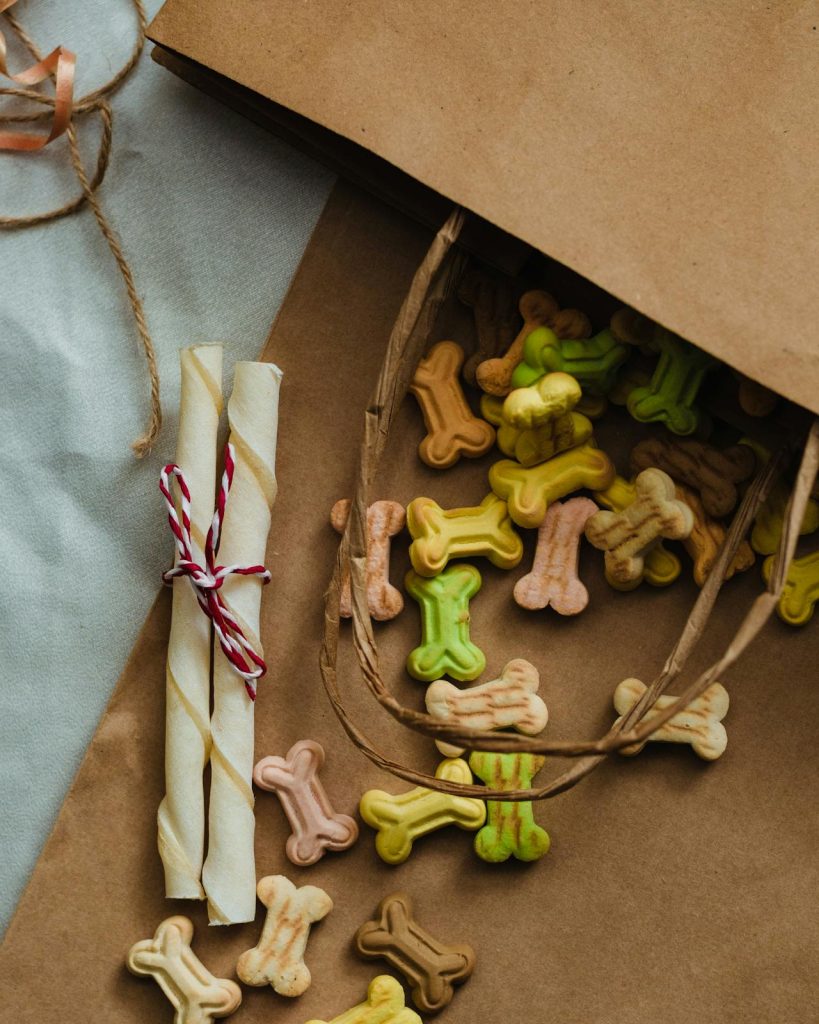
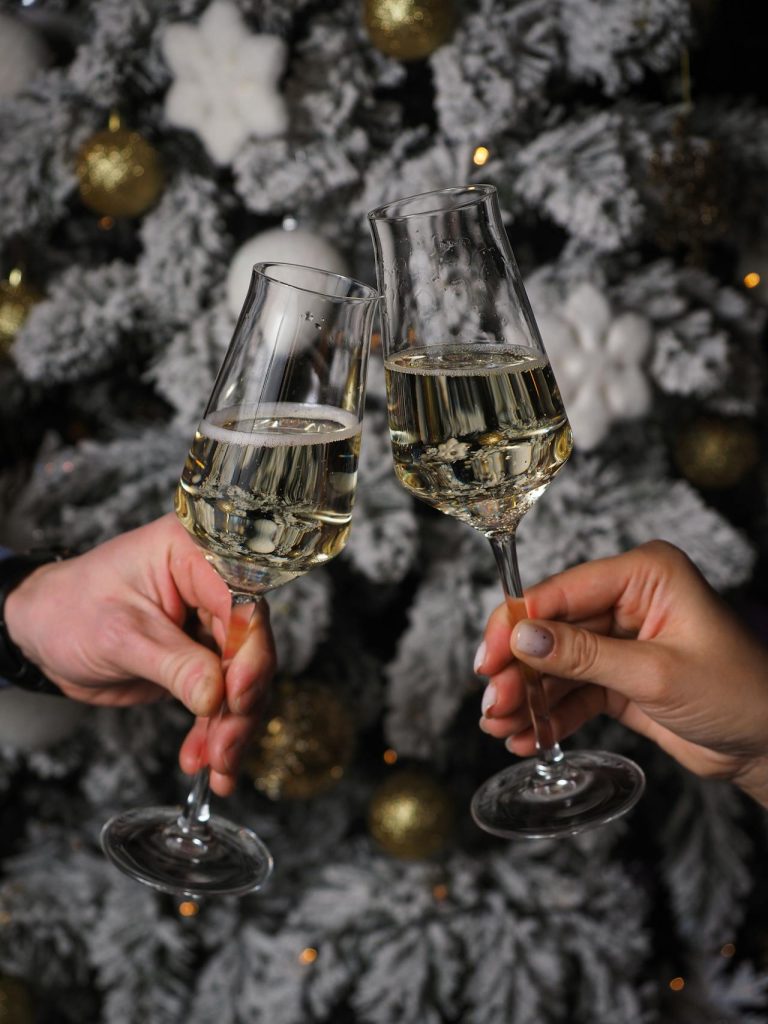
9. Alcohol
Many of us enjoy a good bevvy as part of the Christmas fesitivities. Whether your poison is wine, beer or something a little more creative, these refreshments are a hazard for your pets.
Cats and dogs have very little tolerance for alcohol, which can quickly lead to poisoning following consumption. Symptoms of alcohol toxicity can include walking wobbly, vomiting, decreased body temperature, loss of consciousness, difficulty breathing, weakness and death.
This is another one to get your pet to the vet promptly if they consume any or are showing any signs. Try to keep alcohol out of reach of pets and don’t forget that many items can include alcohol, such as hand sanitiser, cleaning agents and cosmetics.
10. Toys + Gifts
It’s a given that there are going to be plenty of presents under the tree this Christmas. Your pet is probably going to enjoy tearing open wrapping paper or trialling some new treats. There is no reason they should miss out on the joy of Christmas.
I do recommended keeping in mind what is in the presents for your family members though. Some toys may contain small parts that can be easily swallowed and cause intestinal obstruction. Small balls or round objects are perfect for getting stuck.
Even gifts that adults might receive can contain small parts that are easily swallowed. Be sure to keep your pets out of the unwrapping if they are likely to eat something unusual and clean up any small parts after the fun is over so they don’t become a choking hazard.
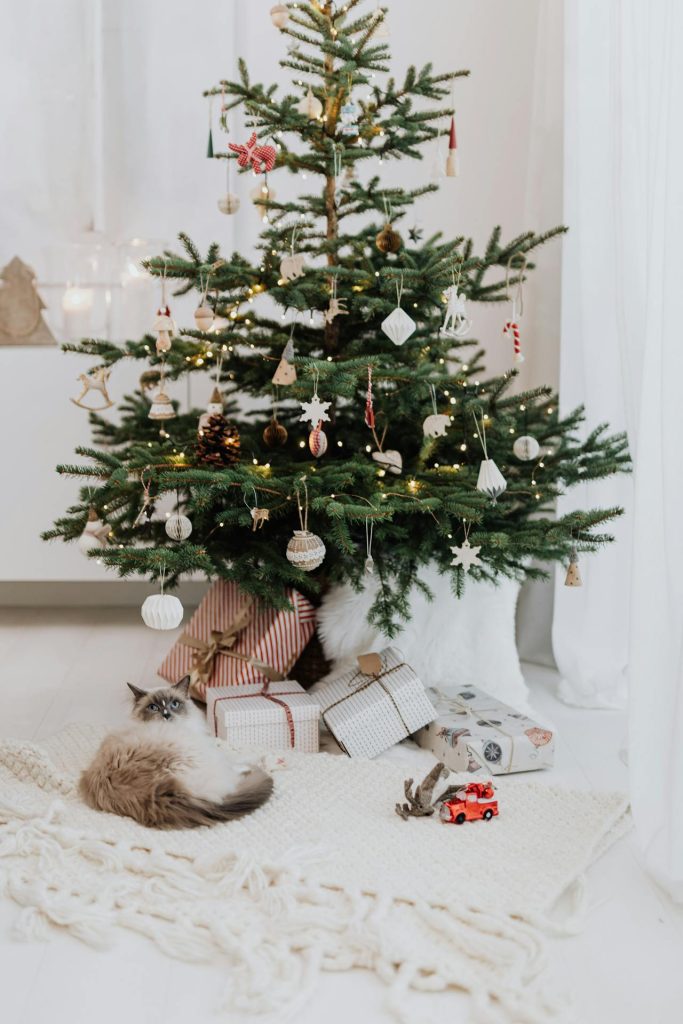

11. Candy Canes + Sweets (Xylitol)
Candy Canes and sweets are a traditional part of Christmas and they fill the stores as the season approaches. These brightly coloured treats can conceal toxins that could prove fatal for your pet.
The most well known is the artificial sweetener Xylitol. Xylitol triggers a rapid release of insulin by the pancreas, which can cause blood sugar levels to drop to critical levels. Even a small amount of Xylitol has this effect on dogs, while higher doses can trigger liver failure. Cats, however, don’t seem to be as effected by the sugar alcohol.
Symptoms of Xylitol toxicity can include:
– Vomiting
– Weakness
– Poor coordination or difficulty walking/standing
– Tremors
– Seizures
– Coma
Xylitol is included in many products from oral care, to food and pharmaceuticals, typically products labelled as ‘sugar-free’. Be aware of Xylitol’s alternative names: Birch Sugar, Wood Sugar, Birch Bark Extract, E967, Meso-Xylitol, Sucre de Bouleau, Xylo-pentane-1,2,3,4,5-pentol, Xilitol, Xylite/Xylit.
Licorice is another toxic sweet seen commonly around Christmas time that should be avoided in both cats and dogs. Many other sweets can also act as a laxative in our pets, which is not the Christmas surprise you are hoping for.
12. Lillies, Poinsettias, Holly + Mistletoe
The list of plants that is toxic to our pets is long, however, many of the traditional Christmas plants are toxic to our pets, including Lillies, Poinsettias, Holly, Mistletoe and Amaryllis.
Lillies in particular, and especially for cats, are of concern due to their ability to cause potentially fatal kidney damage when consumed. All parts of the plant are toxic and even brushing against the flowers may lead to toxicity in some cats. Keep Lillies and other Christmas plants well out of reach of your pets. Lilly consumption is a medical emergency.
Common signs of plant associated poisonings can include vomiting, diarrhoea, lethargy, decreased appetite, drinking excess water, increased urination, tremors and difficulty walking.

Don’t forget to avoid the Christmas rush! If your pet is starting to show signs of being unwell before the Christmas break, make sure you get them checked before your vet closes! Don’t leave it too late and be left worrying how to get your pet the help they need when the vet is closed. I also recommend holding off on any routine procedures or checks until after the Christmas/New Years period. This will allow your vet more time to manage the urgent and unwell pets that will undoubtedly come through the door.
Preparing For Guests
Often Christmas time means being surrounded by friends and family, and potentially other pets. It is often loud with lots of movement, which can be very overwhelming for our pets. It is important that if you are having guests over, your pet has somewhere they can escape to, such as a crate for your dog or a box/tent for your cat. Even if there is a back room they can access where the door is left ajar. Don’t force your pet to interact and ensure they have the space they need. Water bowls and toileting spaces should be easily accessible and undisturbed by guests.
If you are having other pets over, particularly dogs, have a plan in place to separate them for some time out or if things get heated. Just like you have out-laws, your dog won’t be friends with every other dog. It’s a good idea to exercise all the dogs before they meet to help reduce their excited energy and allow them to interact with each other more calmly. Each dog should have a mat, crate or safe space they can escape to if they are feeling overwhelmed. Ensure there are multiple water bowls to prevent resource guarding and competition.
Other Summer Dangers
Above are the most common risks associated with the Christmas period itself, but it’s also important not to forget what time of year it is and the dangers that occur alongside that. There are many risks associated with the hot sun that you will also need to protect your pet from during the busy season. These include:
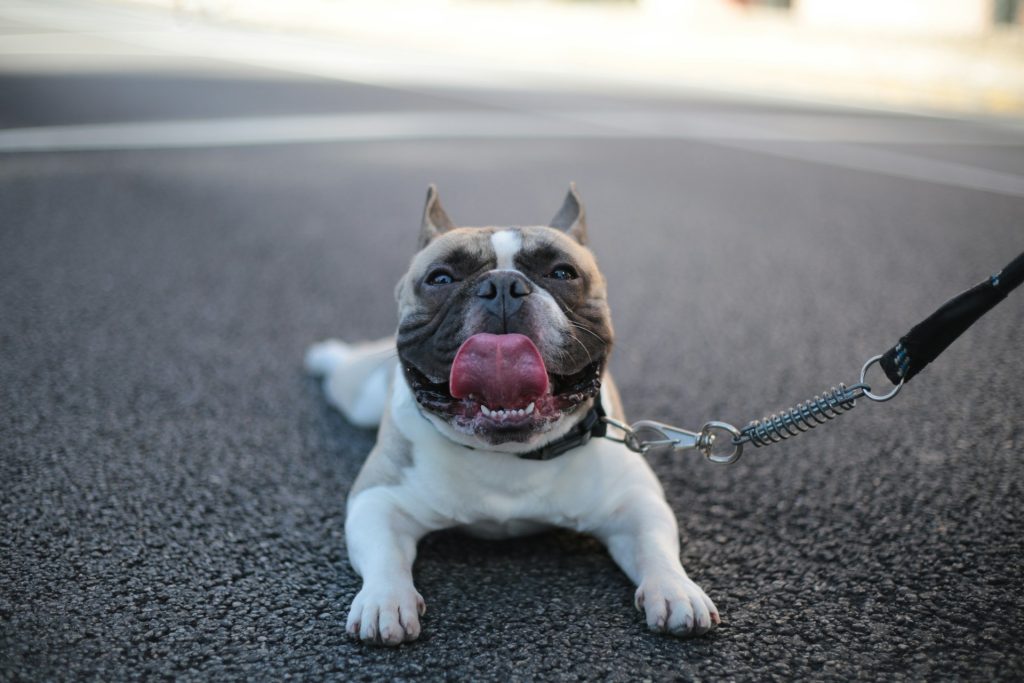
Heatstroke
Christmas in Australia is hot. There is no doubt about that. Temperatures often in the 30s and possibly a Summer storm rolling in for the evening. Your pets are wearing a fur coat all year round, so are susceptible to the heat. Make sure pets have access to shade, cool water and possibly a fan or air conditioning to prevent heatstroke.
If you notice any signs of heatstroke, such as heavy/excessive panting, lethargy, excessive drinking, red gums, restlessness, vomiting, diarrhoea (possibly with blood), increased heart rate, confusion, tremors or seizures, be sure to contact a vet immediately. First aid can include hosing them down with room temperature water, offering small sips of water, and placing in front of a fan or air conditioning (room temperature) to start the cooling process before getting to the vet.
Snakes
With the hot weather comes snakes and Australia has no shortage of venomous snakes. Both dogs and cats can take an interest in these slender, moving creatures as their natural prey drive kicks in.
Snake bites are rarely visible, but symptoms can include initial collapse, vomiting, lethargy, weakness or difficulty walking, swelling at the bite site, dilated pupils, paralysis, tremors, bleeding from the mouth/nose, red urine or blood in vomit/faeces.
If you suspect your pet has been bitten by a snake, take them to the vet immediately. Prompt treatment dramatically improves outcome.
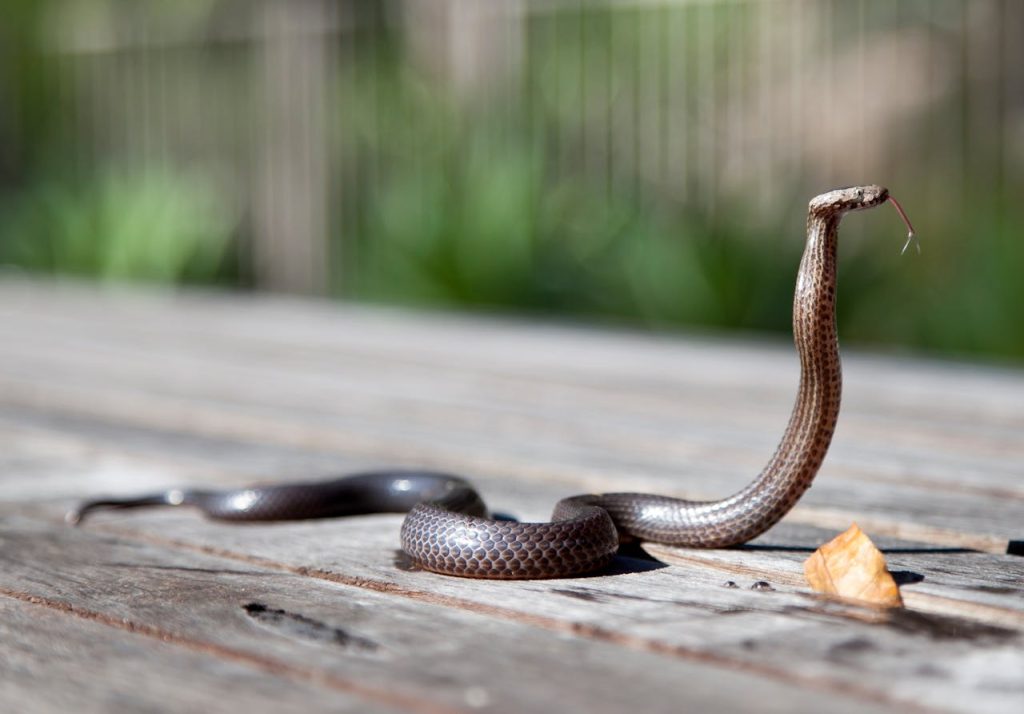

Ticks
Along the east coast of Australia, ticks, particularly the Paralysis Tick is another serious concern. These small arachnids can cause a fatal paralysis. Signs can include difficulty walking, hindlimb paralysis, difficulty breathing, loss of gag reflex, inability to swallow, vomiting and collapse.
Paralysis tick is a medical emergency so be sure to seek out a vet immediately if your pet is showing any of the above signs.
BBQ Skewers
If you are inviting friends over for a barbie or planning a slightly less traditional Christmas feast, then be aware of the risks that might be lurking for your pets. Onions and garlic, fatty foods and alcohol are all common at a barbecue, but so are skewers. A meat dressed kebab or even the marinated remaining skewers in the bin could look like a tasty snack for your favourite pooch or puss. Skewers can puncture the mouth or digestive tract and cause serious problems if they get stuck. Make sure all skewers stay out of reach and the bin is covered to prevent access.
If you are grilling some corn cobs, don’t forget that the remaining cob is a prime intestinal obstruction candidate, so be sure to keep these away from dogs and disposed over where they can’t be accessed.
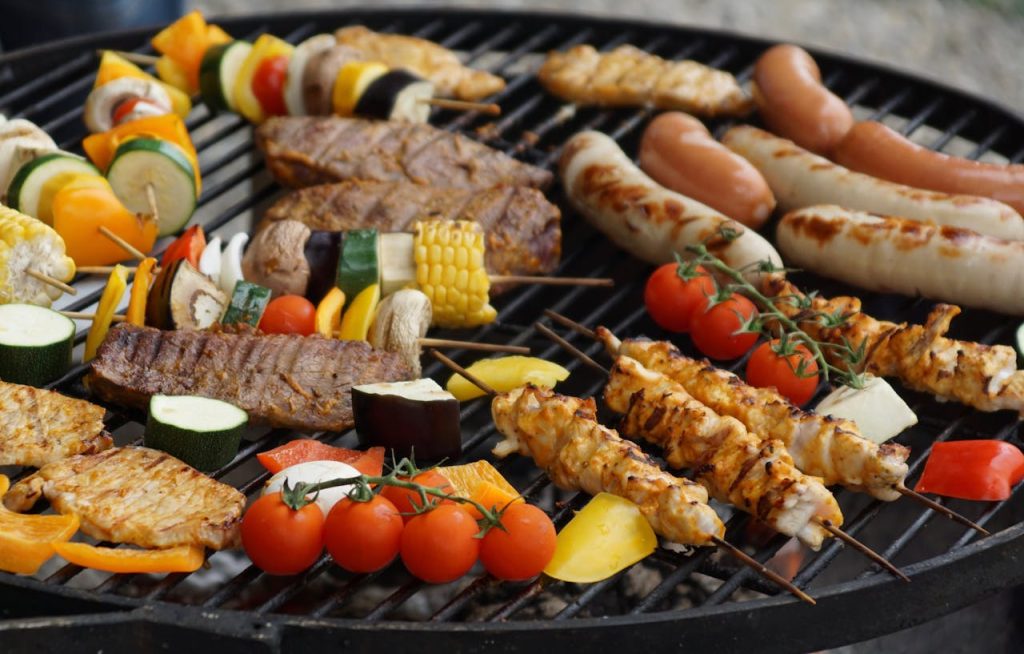
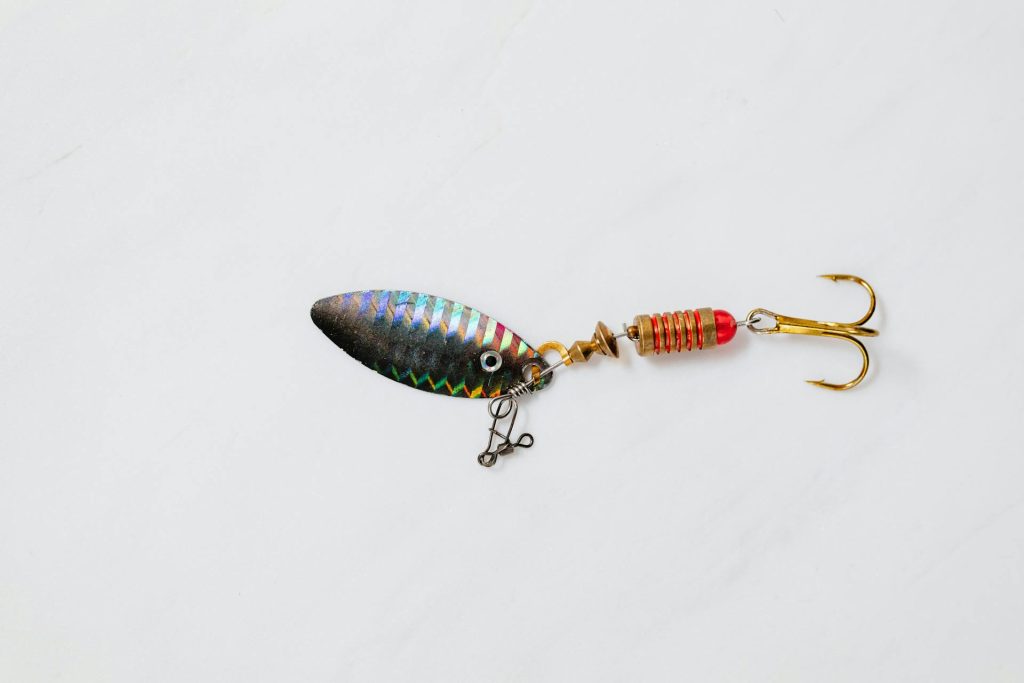
Fishing Hooks
Fishing may be a common past time over the Summer break or while enjoying the beach. Fishing hooks can not only snag your next meal, they might also snag your pet. Used hooks particularly that smell like bait might be chewed or swallowed, getting stuck in cheeks, gums, throats or puncturing the digestive tract. A fishing hook is a common find in an emergency room, so keep them out of reach or locked away from your pets.
Safe Christmas Toys and Treats
Now that you know what to avoid, you can start preparing to spoil your pet this Christmas! Below I’ve listed a range of ideal, safe pet toys and treats for your cat or dog this Christmas.
Dogs

Treats
There are plenty of treats out on the market, but maybe you are looking for that something a little bit special for Christmas. Why not try some of these great options?
Long Lasting Chews
Long lasting chews are a popular treat for owners to chew as they are enjoyed slowly and can keep their dogs occupied over a longer period of time, particularly if there is lots going on and they need some down time.
Some great long lasting chew options include:
– Pigs/Cows Ears
– Dental Chews like Whimzees or Greenies
– Bell & Bone Collagen Chews
– Cheese Chews
– Bully Sticks
– Tendons
Pet Store Treats
If you are looking for some new tidbit chews or training treats, try to look for options with natural ingredients of that have a strong smell, such as:
– Prime100 Chews
– Ziwi Peak Good Dog Treats
– K9 Natural
You could also try paste treats with your lickmats such as natural peanut butter, plain yoghurt with no additives or some honey. Just make sure none of these contain any Xylitol. You can also buy paste treats, such as those from Inaba Churu which make great Lickmat fillers.
Homemade Treats
Feeling a little creative this Christmas, you could try making some of your own treats at home, such as pup-cakes, cookies, ice-cream or apple sauce. Ingredients like whole wheat flour or oat flour, pumpkin, carrot, egg, peanut butter, banana, apples, honey, yoghurt and berries are safe to use in making dog treats.
Here are some recipes you can try at home:
– RSPCA Pupcakes
– Taste Dog Biscuit Treats
– Homemade Summer Recipes
Toys
The toy market has provided a large variety of safe toys that you can choose for your pup this festive season. There are plenty of seasonally themed options available as well. Be sure to choose based on your dog’s preferences, whether they prefer soft toys, tugs ropes or nylon chews. It might be the season to splurge on brands that are a little sturdier too, if you are hoping for something that won’t be destroyed too quickly. Although brands like Kong are a little bit pricier, they are more durable and designed with dogs in mind.
A great pick is a new puzzle toy, treat dispenser or lick mat. These are great options for mental stimulation. Making your dog work to figure out of to get their food reward improves their problem solving abilities, increases the duration and enjoyment from a meal, utilises their natural scavenging instincts and most importantly tires them out. Licking also releases many happy endorphins and can be self soothing. Puzzle toys come in a range of choices, from those that need to be chased like treat balls to scavenger toys like slider puzzles.
Top recommended puzzle toys:
– Kong Gyro and Wobbler
– Lickimat
– ZippyPaws Puzzle Feeder
– AFP Treat Turbine
– Kmart Pet Toy Treat IQ
– Busy Buddy Tug-A-Jug
You don’t have to spend a fortune to get some fancy toys this Christmas! Remember that many cheaper brands may make similar toys. You can also make puzzle toys at home with things like rubber balls in a muffin tray with treats in the muffin tray, a heap of toys in a bed with treats amongst them, fold in the ends of a toilet paper roll with treats inside or why not pile up the cardboard scraps from Christmas into a big box with treats or kibble scattered through it.
Christmas Lunch Recipe
It’s hard to leave your pet out when there is delicious food all around, so I’ve prepared a recipe for a delightful Christmas meal that your dog can enjoy too. This recipe isn’t nutritionally balanced and complete, so isn’t suitable for long term feeding, but is a great Christmas treat to include them in on the family meal.
Festive Foods You Can Plate-Up for Your Pup:
– Roast or boiled chicken breast meat without marinade, seasoning or stuffing – no chicken skin
– Roast turkey breast meat without marinade, seasoning or stuffing
– Boiled Carrot
– Boiled/Steamed Broccoli
– Boiled loose peas and/or corn
– Boiled, mashed pumpkin
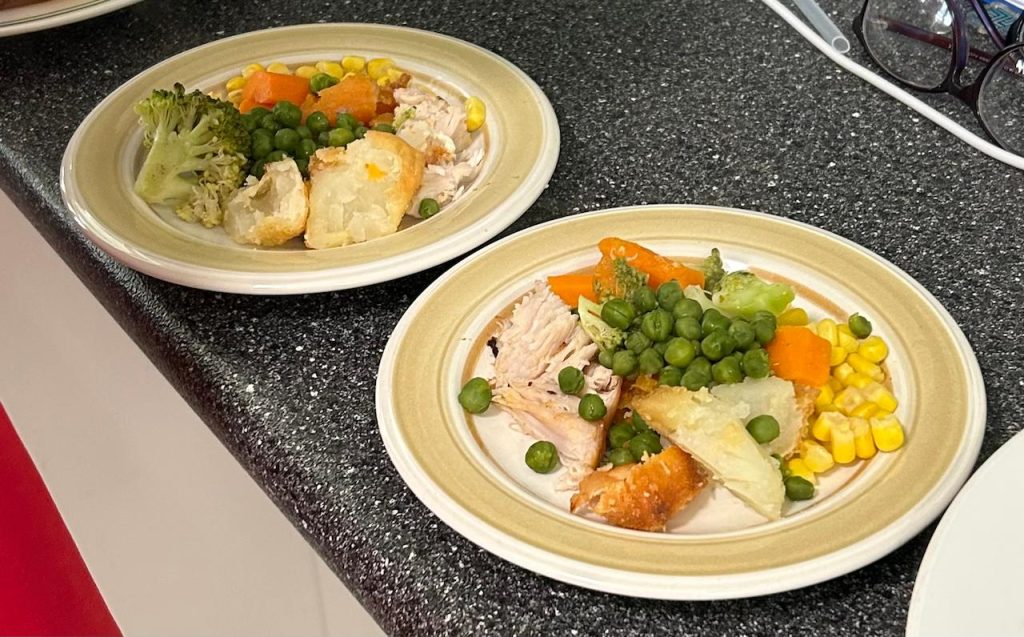
Cats

Treats
This festive season is a great time to introduce some new treats for your feline friend! There are a range of treats to try. You could try some treats with health benefits, like Greenies. Some kitty favourites though tend to be Temptations or the Dine Creamy Treats (aka Kitty Crack). You could also try natural options like Prime100 or Feline Natural. A little bit of catnip can be a popular temptation as well.
If you’d like to give homemade treats a crack, why not try out these recipes:
– Homemade Summer Recipes
– RSPCA 7 Homemade Cat Treat Recipes
– Tasty Tuna Cat Treats
Toys
There are two main types of toys to look at this Christmas; personal play and puzzle toys! A great way to bond with your cat and provide daily exercise is by playing with them. Cat’s tend to like things that flit about and move like prey, so feathers and streamers, especially on wands are great options for engaging your cat in some play.
Like dogs, puzzle toys are becoming increasingly more popular for cats. There are many electronic toys that move like the Kong Purrsuit or the Gigwi range, as well as treat puzzles like Kong Wobbler, Catit Food Tree and All For Paws Treat Maze. Cats can also get a lot of benefit out of a Lickmat, a great cool treat in the hot weather! Puzzle toys provide physical and mental stimulation to cats, engaging their natural hunting instincts.
Don’t forget that cats love to climb and hide. Providing new cat trees or vertical play spaces is a great way to meet your cat’s exercise needs and hunting instincts.
Kitty Christmas Platter
If you want to safely include your kitty in the Christmas day feast, there are some great safe options that you can add into their bowl for a little Christmas treat. This recipe is not nutritionally balanced and complete, so only suitable as a treat.
Cat Safe Christmas Foods:
– Roast or boiled Chicken breast meat – NO skin, seasoning or stuffing
– Roast or boiled Turkey breast meat – NO skin, seasoning or stuffing
– Boiled, mashed Pumpkin
– Boiled Carrots
– Boiled or steamed Broccoli
– Loose Peas
– Boiled, mashed Zucchini
Getting A Pet For Christmas
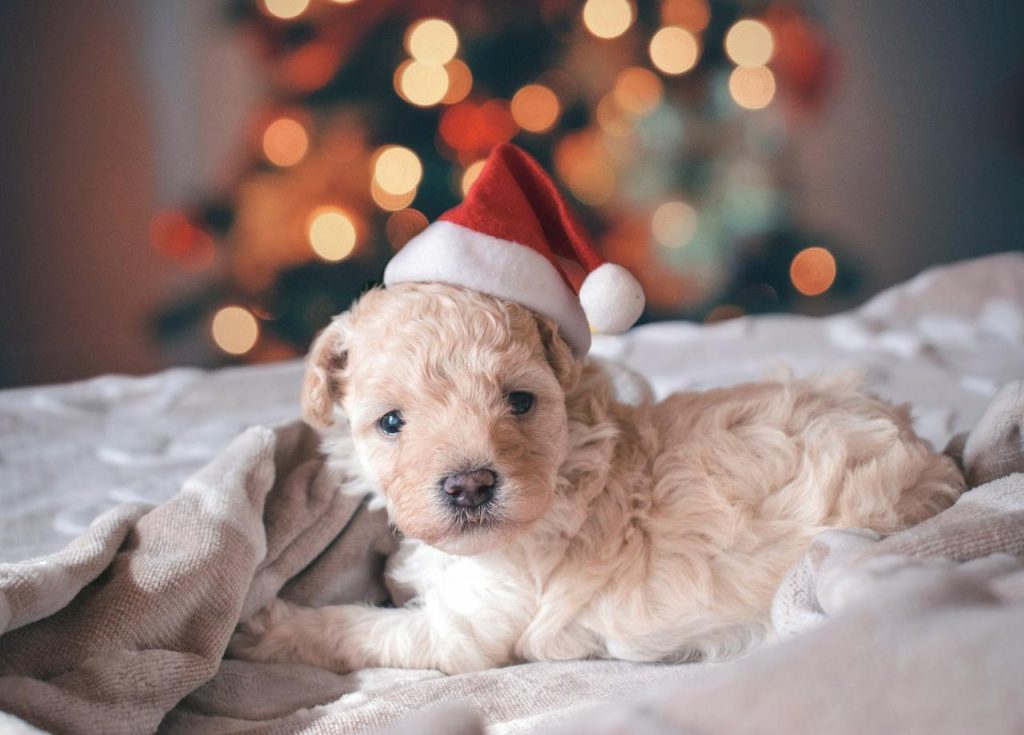
A big worry for pets at Christmas time that can often get overlooked is getting a puppy or kitten as a Christmas gift. If you are thinking of getting a puppy or kitten this Christmas, be sure you are making the right choice for your family.
- A puppy or kitten is not just another present under the tree.
- A puppy or kitten is not a toy that can be thrown away when you are bored of it.
- A puppy or kitten requires play, training, health care and feeding throughout its life.
- Your child is not responsible for the pet’s wellbeing, you are!
- Research the breed before you buy and know what you are getting into health, energy and need wise.
The highest number of pet surrenders occurs in the months after Christmas when owners realise they need training, they cost money to feed, the kids lose interest, they have behavioural problems, they aren’t as cute as they were, or for any other reason the novelty has worn off.
A puppy or kitten is a twelve to eighteen year commitment. Are you ready for that commitment?
If you aren’t, a stuffed dog or cat will maintain its cuteness for as long as it is needed, and it may become one of your own or your child’s most treasured items.
So here is to a very Merry Christmas to your family and your pets! Hopefully one that sees you avoiding an emergency clinic along the way. There are plenty of great ways to give joy to your pet this silly season without putting them in danger. How many of these risks did you know to avoid?
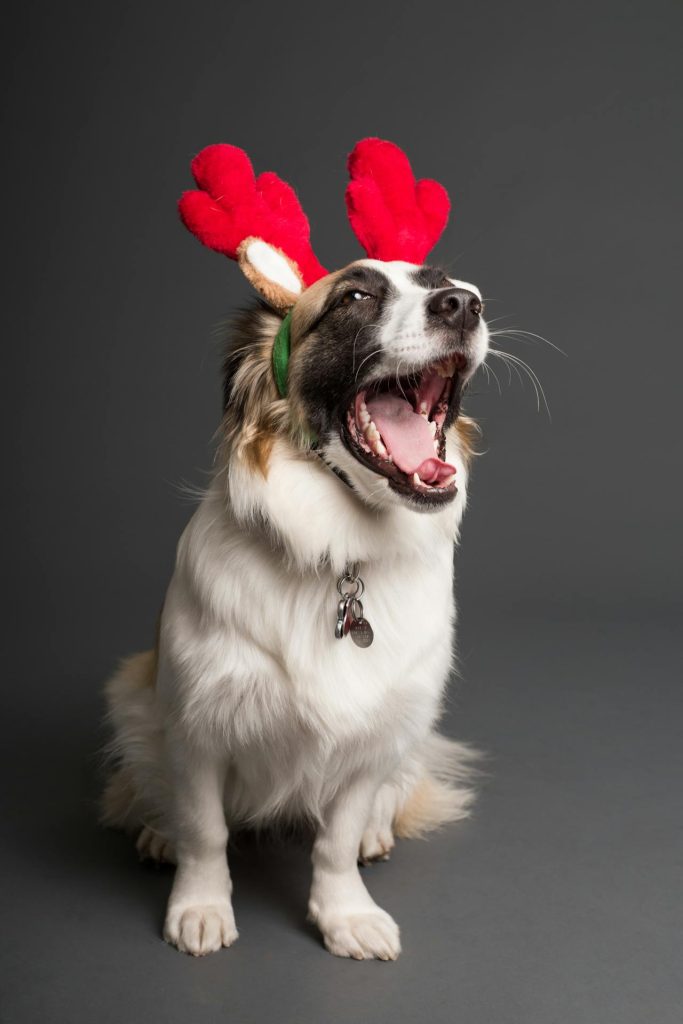
Further Reading
You might also be interested in these recent pet care articles:
